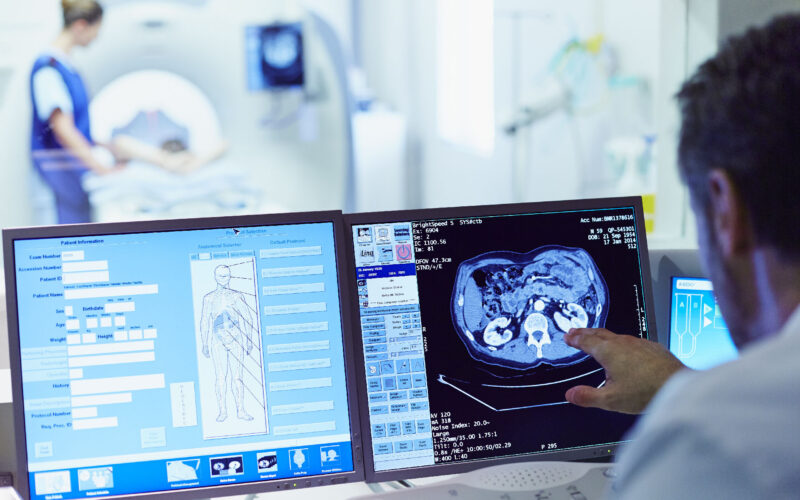Experimental clinical physics radiotherapy
Adaptive, MRI guidance, Radiotherapy
Research aim
The experimental clinical physics group is developing, exploring and clinically evaluating new adaptive workflows for MRI and X-ray guided radiotherapy, e.g. for the hybrid 1.5T MRI linac which has been developed in UMC Utrecht and is currently on the market via Elekta as the Unity system.
About us
The experimental clinical physics group is developing, exploring and clinically evaluating new adaptive workflows for image guided radiotherapy and as such is virtually integrated in the department of radiotherapy of the UMC Utrecht. The hybrid 1.5T MRI linac originates from a collaboration of this group, Elekta and Philips and is currently on the market via Elekta as the Unity system. At UMC Utrecht three clinical Unity systems are operational, whereas the original prototype system is still present as a museum piece. The group is working to live up to the promise of the MRILinac, that is, mitigate the impact of anatomical motion on the radiotherapy treatment for higher precision radiation delivery. To achieve this, expansion of functionality of the MRILinac is addressed to enable for instance gating and/or tracking of the radiation beam, on-the-fly re-planning and arc therapy. New real-time machine interaction is explored but also a rapid prototype environment is built up to develop and evaluate new workflows.
For X-ray guided image radiotherapy, specifically (conebeam)CT guided, similar adaptive workflows are under development, again in collaboration with Elekta and the department of Radiotherapy. Improved image quality and faster adaptive workflows are being developed and evaluated. The goal is to develop modality agnostic adaptive workflows, bringing the MRI- and X-ray guided radiotherapy worfklows together.


